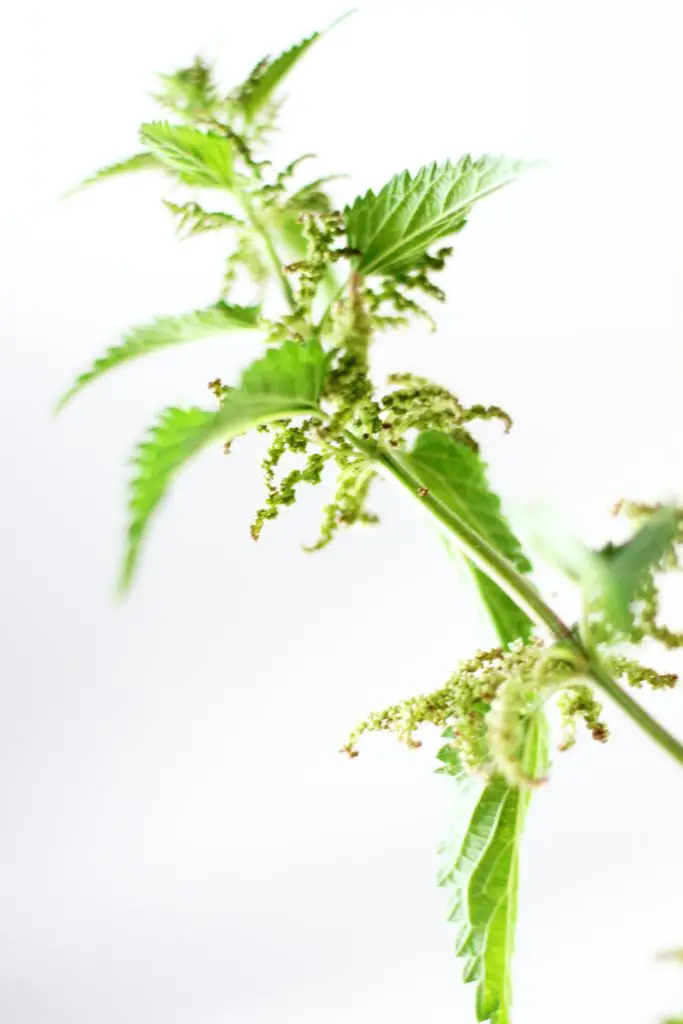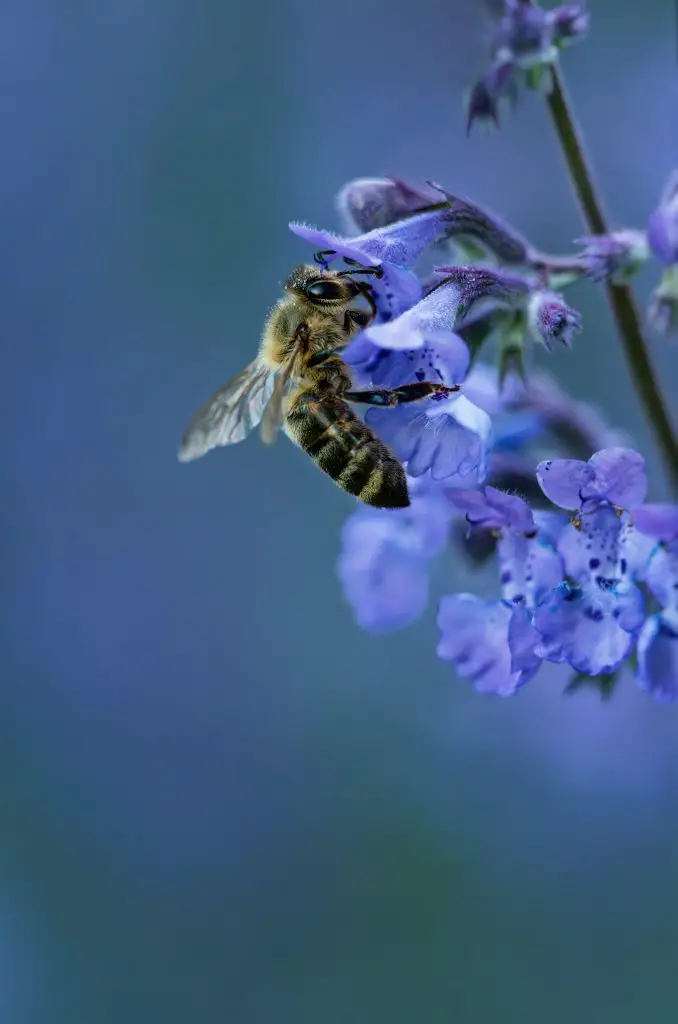Is Catmint Edible? Catmint is a popular plant that is used widely in cottage gardens as it is an extremely drought-tolerant plant that requires very little maintenance. Given that it looks similar to mint and has mint in the name is actually edible like common mint?
Catmint is an edible plant that is most commonly used as a medicinal herbal tea rather than being eaten directly. It is believed to be useful in relieving stress, menstrual cramps, flu symptoms, and digestive symptoms. It was one of the most common plants used for tea in England prior to the arrival of black tea from China. Additionally, the young leaves are used as seasoning and garnishes in places like France.
Catmint is a general term that is used to describe a range of species in the Nepeta genus which includes Nepeta faassenii, Nepeta govaniana, Nepeta grandiflora, and Nepeta nervosa. The Nepeta genus is included within the Lamiaceae family which is also known as the mint family. These species are generally not as fragrant as common mint and the leaves tend to a dull greenish-grey color rather than the brighter green of the common mint.
It should also be noted that not all species in the Nepeta genus are referred to as Catmint, there are species that are referred to as Catnip due to the effect the plant has on cats. However, due to differences in the chemical composition between Catmint and Catnip, Catmint does not have the same effect on cats.

About Catmint
The genus of Nepeta grows in different regions throughout Europe and Asia, though its precise origin is not known. It is an extremely popular plant that is grown widely for its ornamental characteristics. The plant produces a mass of flowers that are most commonly purple but there are also varieties that have pink, white, and yellow flowers. To compare a range of different Catmint varieties click here.
For most species, these flowers are produced in late spring and early summer and usually last for several months. The plant is tolerant of hot and dry conditions which makes these plants particularly suited to regions with long hot summers. The plant is also quite tolerant of cold conditions and is hardy down to zone 3 in most cases.
Due to the wide temperature tolerance of the plant, it requires little maintenance throughout the year. Additionally it self seeds relatively easily making it extremely easy to propagate as new plants can be dug up and moved every season.
In terms of size, most varieties are 2 to 3 ft tall and about 1 to 2 ft wide. However, there are also some low-growing varieties that only reach a height of 1 ft (30 cm) and also a couple of varieties that reach 4 ft.
How To Grow Catmint
It is common for gardeners to simply purchased a plant from the local garden center to start off as they multiply relatively quickly. However, as you might expect Catmints are also relatively easy to grow from seed. Most gardeners sow seeds in spring as it allows the plant to become established throughout the growing season before the cold weather arrives.
When establishing the plants from seed they can be sown directly into the garden however my personal preference is to sow them in seed trays as it allows me to have greater control over the growing conditions. When filling the trays I recommend using seed raising mix as it is light and fluffy which makes it easier for the seedlings’ roots to penetrate the soil.

The seeds should be sown at a depth of 0.5 inches (1 cm) and then watered gently to avoid flooding the surface of the tray which will disturb the seeds. One way to avoid any seed disturbance is to water the tray from below by the tray sitting it in water for a few minutes.
Once planted the seeds will take 7 to 14 days to germinate and they will require a further 4 weeks or so before they reach the point where they are large enough to plant outside. At this stage, the plants will have typically reached a height of 4 inches or so.
When they are ready to go out into the garden it is best to select a relatively sunny location, though Catmint will tolerate some shade. In terms of soil conditions, the plant will tolerate a wide range of different soils but ideally, they prefer rich moist soil that are well-drained.
The plants should be spaced approximately 1 ft (30 cm) apart to allow room for the catmint to grow. It is advisable to add a layer of mulch around the surface of the plants to suppress weeds while the plant is getting established. Once the Catmint gets going you will find that the plant does is a good job of smoothing any competing weeds.
In terms of ongoing maintenance there is very little to do for the plant. The plant may need the occasional water in dry period and a trim at the end of the season to tidy up plant, however, this is entirely optional.
